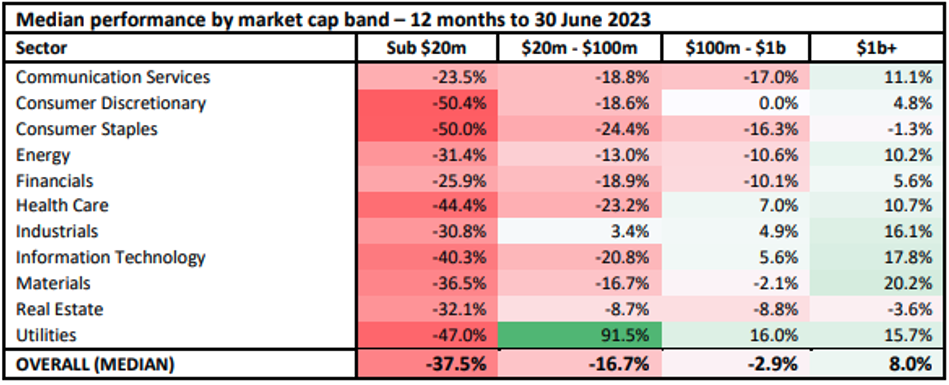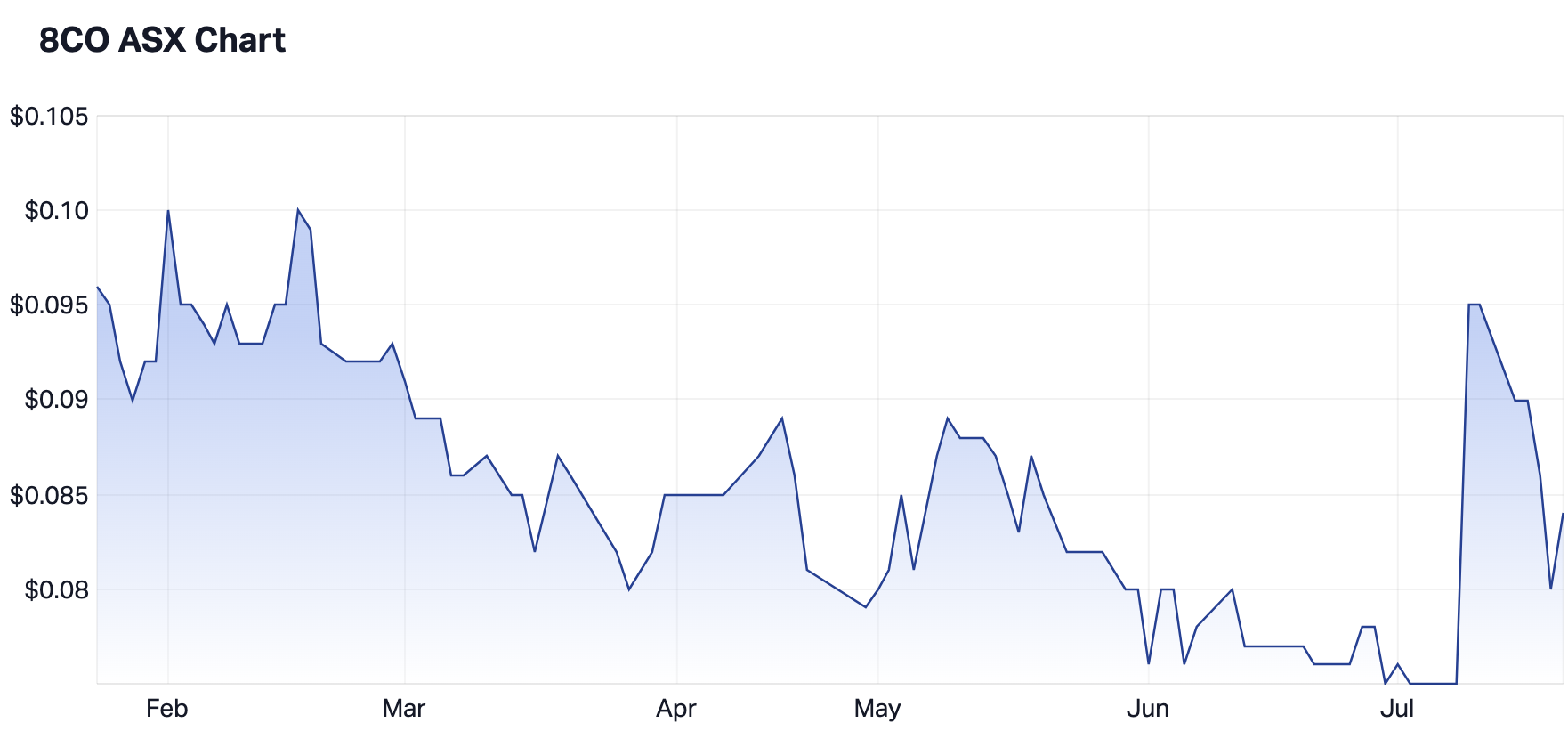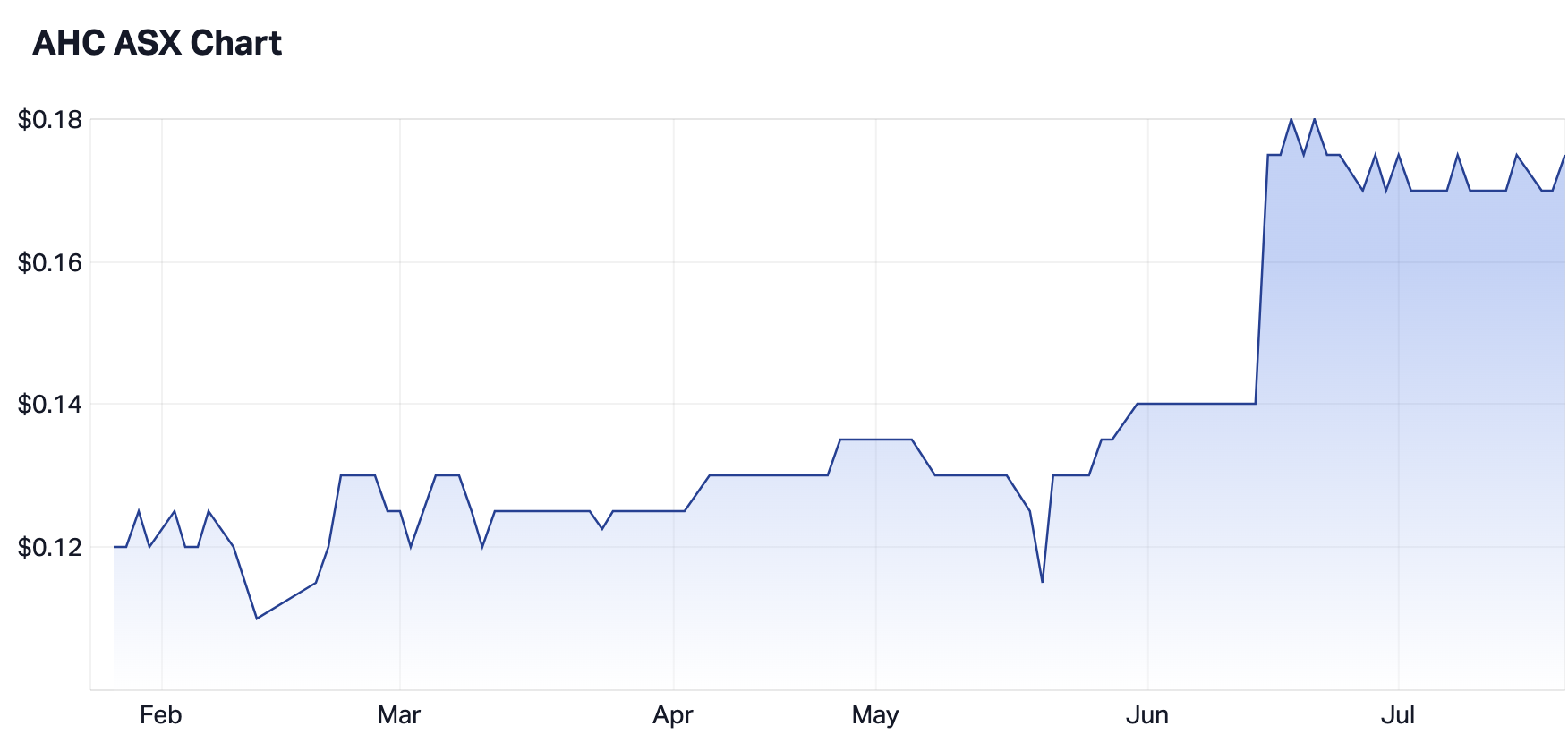The state of the ASX microcaps sector (and two ideas for the recovery)
At the start of 2022, global markets became jittery about the uncertain macroeconomic backdrop, as inflation readings in many countries began to rise. This saw central banks’ commentary shift from one of transitory inflation sorting itself out to one of sticky inflation that would require the remedy of monetary policy action.
Less than two months later, Russia invaded Ukraine, shocking commodity markets, further entrenching the view of sticky inflation, and locking in a hawkish pivot across the globe.
In a world where money was no longer free, the cost of capital for sub-scale businesses skyrocketed and, with investors uncertain over the future, there was a flight toward stocks that offered size and liquidity. These conditions mean it has been an extremely tough time for microcap investors as the majority of companies in the space are still sub-scale, and by definition are small and illiquid.
So, 18 months into these tough conditions what’s the new backdrop for the ASX microcap sector?
In general, conditions remain tough. FY23 was an exceptionally bad year for microcaps, best highlighted by fellow microcap investors DMX Capital in its recent June report, as outlined in the following table:

That said, there are now strong – and strengthening – reasons to be hopeful for the future.
Firstly, past returns set the conditions for the future. With valuations across the microcap landscape beaten down so heavily, those businesses that can establish sustainable business models and grow their earnings into the future will do extremely well.
Secondly, as inflation has moderated over the last few months and employment and economic growth remain strong, the possibility of a soft landing has become real which has seen confidence return to the larger end of the market and should slowly start to drift down to microcaps.
A shifting mindset from company leaders
Fundamentally, the focus of microcap management teams has shifted from the heady days of 2021 when revenue growth was the goal for most businesses. As capital dried up, management teams have now focused on generating sustainable free cash flows and those businesses unable to make traction have been forced to raise capital at extremely high levels of dilution.
Almost every microcap reporting its quarterly cash flow statement now explicitly talks about the path to free cash flow. They’re almost all trying to assure investors they can reach that point without needing to further raise capital and lock in heavy dilution.
However, those microcaps that have shown an ability to generate free cash flow and offer an outlook for growth have been rewarded handsomely. The following companies demonstrate how the market has been ignoring size and liquidity, each of them seeing their share prices do well in a tough market, with each management team having done its job well.
Note: Of the following companies, only XRF is currently held in the Merewether portfolio.
The market is rewarding stocks that can generate free cash flow and offer the potential for growth over the next few years in the face of an uncertain macroeconomic backdrop.
The following companies are both currently held in the Merewether Capital Inception Fund:
8Common (ASX: 8CO)
A provider of expense management software and a virtual expense card application, 8CO is a clear demonstration of the shifting focus of the microcap management teams I mentioned earlier. The business slowly moved towards free cash generation during FY23, before achieving it in the last quarter. It was duly rewarded by the market, the share price climbing in response.
The future growth of the business was secured in 2021 when 8Common won a whole of Federal Government contracts for the provision of their expense management software. As Government departments onboard over time, there will be steady growth in implementation and recurring revenue as 8Common grows from around $4 million ARR today, to $10 million as the Federal Government contract is executed.

Austco Healthcare (ASX: AHC)
A provider of nurse call hardware and clinical workflow software, Austco has never tipped into a cash-burning position, though difficulties with executing work with hospitals and aged care facilities during Covid meant profits were muted for a few years.
But with those headwinds now eased and a record backlog in place, as Austco Healthcare continued to win new work, the business is well positioned to grow profits strongly over the next few years.
With the business on track to achieve $3m in net profit after tax this year, it already trades on a reasonable 16x earnings multiple. But with the large backlog and further penetration of higher margin software products, I expect Austco Healthcare to hit an NPAT of between $4 million and $5 million in FY24.

1 topic
6 stocks mentioned

